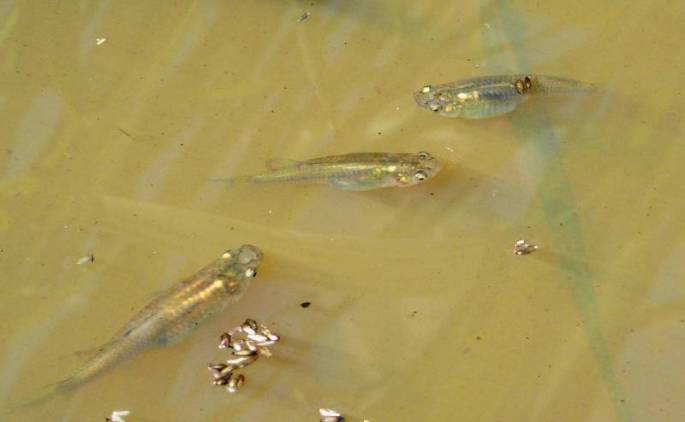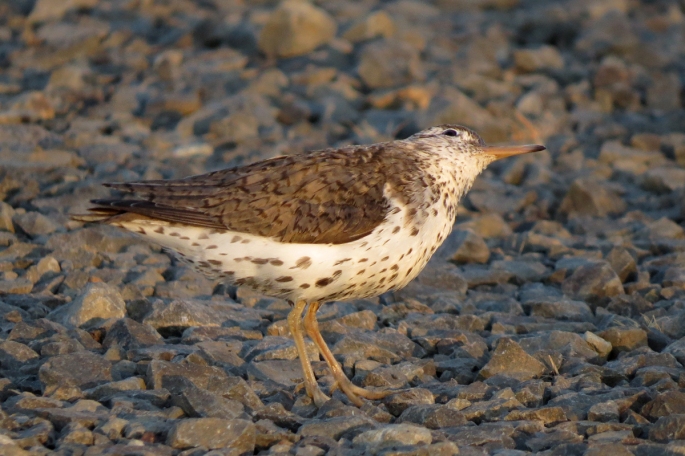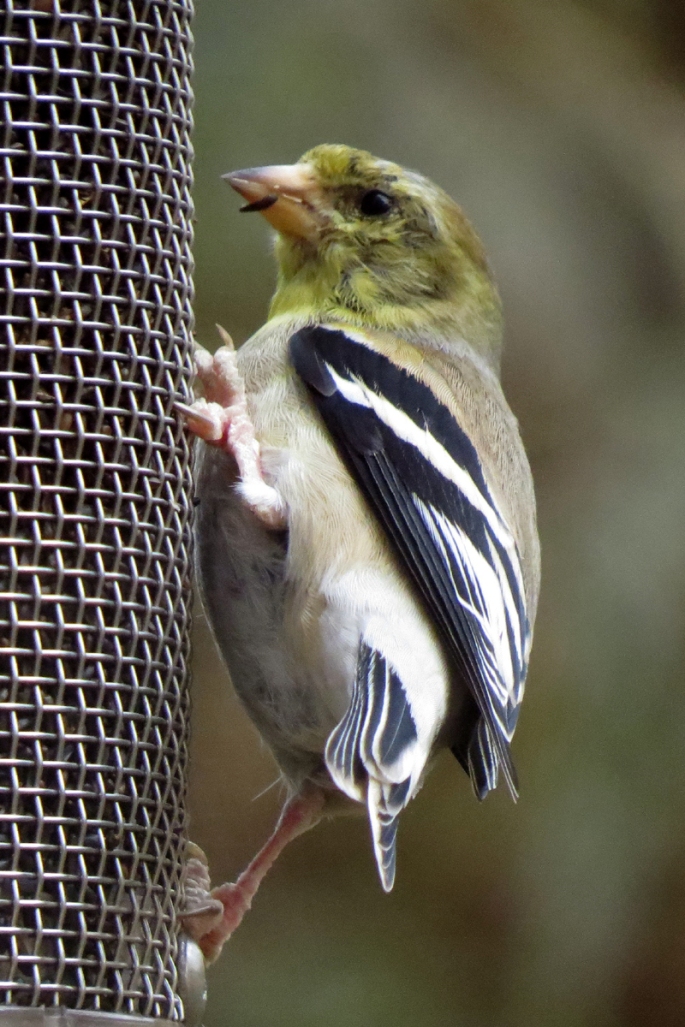Fern Ridge Reservoir is a large impoundment just west of Eugene, OR. Much of the property on the eastern and southern sides of the lake is included in the Fern Ridge Wildlife Area (Birding Oregon, p.89), and some of the best birding is found at the west end of Royal Avenue.

The area just north of the parking lot is grassland, bordered on the east by oak savannah. Here an American Goldfinch and a Savannah Sparrow share a moment on the fence.

A target species of many birders at this site is Grasshopper Sparrow. This species is quite rare in western Oregon, and the field north of the Royal Avenue parking lot is one of their few reliable nesting sites. This individual repeatedly returned to this perch to sing. I believe the nest was nearby so I didn’t get too close.

Walking west from the parking lot takes you to the marshes at the eastern edge of the reservoir. Nesting species include waterfowl, herons, rails, and this Black Tern. As the summer progresses, water levels drop to create muddy habitat for migrant shorebirds. This is where Oregon’s first Wood Sandpiper appeared last year.

These little fish were common in a shallow puddle near a culvert. I think they are some species of topminnow, but I didn’t take any out of the puddle to look at their fin configuration. If you recognize these, please leave a comment.

This is a sad reality at some good birding sites. Several people have had the catalytic converters removed from their vehicles. Others have had break-ins. On the day I was here, the Corps of Engineers had sent a couple to serve as “Park Hosts.” They remained in the parking lot, with their cute little dog, and had educational materials available for visitors. I think I have an advantage in areas like this by driving an old car, which may be less attactive to evildoers.




















































































